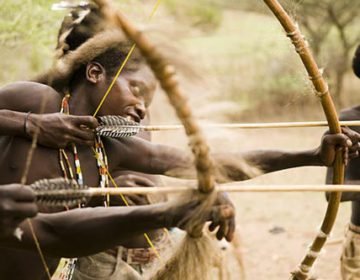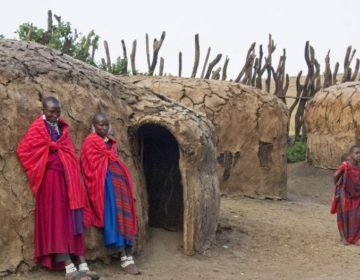Since the dawn of mankind, when the savannahs of east and southern Africa saw the birth of humanity, Tanzania has been home to countless peoples of many different origins. Tanzania’s history has been influenced by a procession of peoples, from the original Bantu settlers from south and west Africa to the Arabs from Shiraz in Persia and the Oman; from the Portuguese to the Germans and the British. Tanzanians took control of their own destiny with independence in 1961.
It has a population of over 55 million with 120 African ethnic groups, none of which represent more than 10 per cent of the population. The Sukuma (others including the Nyamwezi, the Makonde and the Chaga of the Kilimanjaro region) the largest group, live in the north-western part of the country, south of Lake Victoria. They are fairly commercial oriented and have prospered with a mix of cotton farming and cattle herding.
Tanzania boasts also several decades long of being among the best spots for tourism that has predominantly been based on safaris and mountains trekking. The uniqueness in her 100s ethnic groups that manifests unique and different cultures offer another form of tourism, cultural tourism which Kili Peacock Adventures also offers to her clients.
Cultural tourism in Tanzania started as a program to help rural communities enjoy the benefit of tourism sector in which they are a part of. The program is the effort and initiatives of the Dutch Development organization known as SNV which has been directly involved in Tanzania’s community development programs, especially in the rural areas.
The main goal is that rural communities should directly benefit from tourists who visit their areas. Cultural tourism allows the local people to offer tourists with show of their culture, their sacred places of worship, economic activities, for example, farming, pastoralism and fishing.The income generated is used by local people for specific development programmes, such as, the building of dispensaries, schools and cattle dip sites.




